Cyanoacrylate glue: types and characteristics
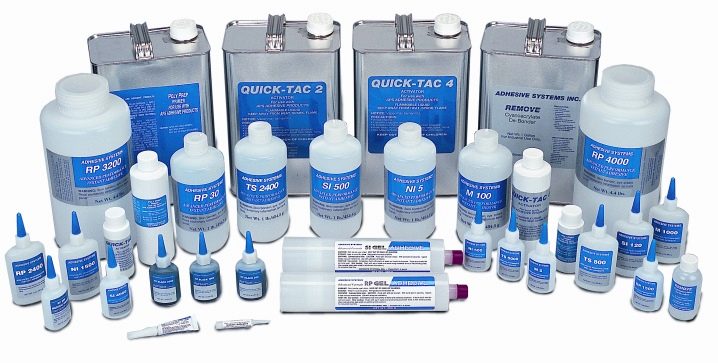
When assembling or assembling various parts made of polymers or metal-plastic, there is a need to connect them with glue. The presence of additional holes will make the joint more vulnerable to fracture or other mechanical stress. One of the best options is cyanoacrylate glue.


Features of the composition
Any cyanoacrylate two-component adhesive consists of copolymers. They have a high level of adhesion to absolutely any surfaces. Each manufacturer has its own composition of glue, the manufacturing features of which are kept secret. All adhesives perfectly hold surfaces together and are also characterized by a long service life.
Each glue is based on cyanoacrylate and acids derived from itthat can account for up to 99% of all content. For additional properties, plasticizers and thickeners are added.
This composition begins to set only when exposed to weak alkali or ordinary water - this is one of the basic principles of working with cyanoacrylates. With a very thin layer, the setting process can also take place without moisture.

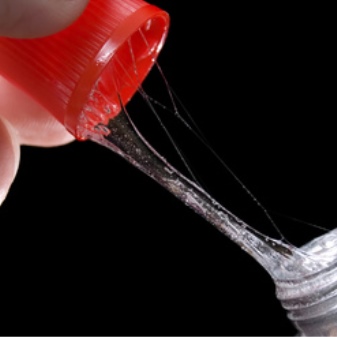
Properties and specifications
Today, cyanoacrylate glue is produced by many well-known companies. Their main property is high adhesion to a large number of surfaces: wood, glass, metal, plastic, rubber. It is also worth noting that such compositions are absolutely not affected by water, oils, gasoline or various alcohols.
Cyanoacrylate adhesive works well with gaps of less than 0.1 mm. It can be used for gluing tight surfaces. However, there are high viscosity formulations that are suitable for working with gaps of about 0.25 mm, while their consumption per m² is about 300 g. If it is necessary to close a large gap, usually Cosmofen or CA-4 is used.

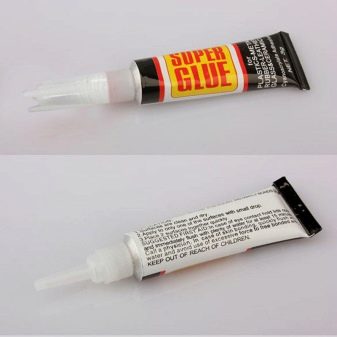
The technical characteristics of cyanoacrylate glue determine the scope of its use.
- State. It is a dense mass with a high degree of viscosity. Many options are transparent.
- Package. It is sold in a fully sealed container. The package contains instructions for use with a description of precautions.
- Solidification. At room temperature and low humidity, the curing process takes place within a few seconds. When the humidity rises, this process is carried out almost instantly.
- Temperature range. All one-component and two-component cyanoacrylate compounds can withstand temperatures from -60 to +80 degrees. Special heat-resistant compounds are capable of not losing their qualities even at temperatures of +250 degrees.


Considering cyanoacrylates, it is also necessary to indicate their advantages and disadvantages.
The positive aspects include:
- very fast solidification (within a few seconds);
- reliable grip of the connected elements;
- fixing different materials to each other;
- ease of use;
- invisible seams;
- the ability to use on porous, inclined planes;
- there is no need for lengthy surface preparation.
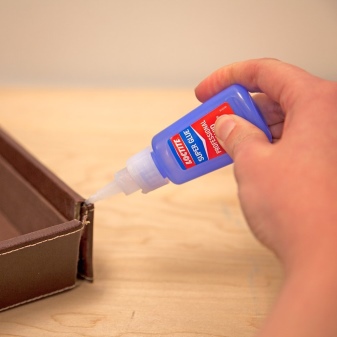

You also need to be aware of the cons:
- difficulty working at high temperatures;
- cannot be used to join Teflon or silicone surfaces;
- not suitable for gluing parts that will subsequently have a large fracture load;
- large gaps cannot be filled with such glue.
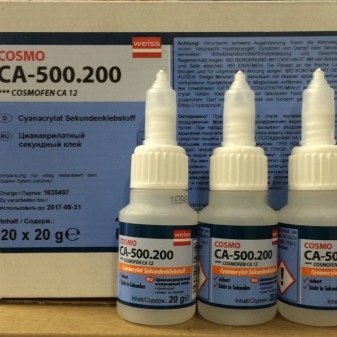
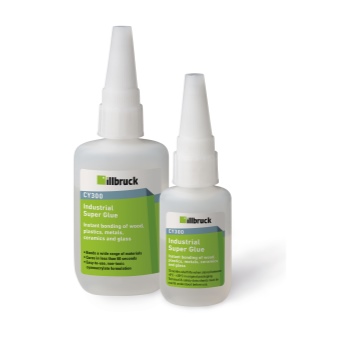
Scope of application
Cyanoacrylate glue is produced with various additives - plasticizers.
Thanks to them, several main uses of such glue can be distinguished.
- In everyday life, cyanoacrylate compounds are irreplaceable. Almost every owner has such glue. The use of different formulations often depends on the situation and material, although universal adhesives are usually present at home.
- In cosmetology, it is used for eyelash extension. Usually, formulations with an increased amount of acrylic are used, since they do not harm the nails, they are also easily removed using organic solvents.
- In dentistry, special compounds are used that are designed for gluing extremely small chips.
- For insulating wires or making perfect connections.

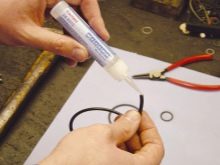

Manufacturers
Studying the building materials market, one can see that there are a large number of enterprises that produce cyanoacrylates. It is worth paying attention to the most popular models.
- Pronto CA-4 - this glue is a ready-to-use product, has a high viscosity, and is characterized by versatility. It does not require the addition of any compounds to improve properties.


- Interbond - this option is represented by cyanoacrylate two-component formulations used when working with MDF, chipboard, rubber or leather. It provides moisture resistance and heat resistance of the connection. It can be used as a regular adhesive in a 400 ml package, as well as with cyanoacryate in a 20 g or 100 ml package. The glue has a high flash point and sets within 5–7 seconds. During storage, avoid sudden temperature changes and direct sunlight.

- Permabond 791 - This cyanoacrylate compound is used for bonding various elastic and rigid surfaces. It will set in a few seconds, often referred to as "second" glue. The transparency of the composition allows its use when working with glass surfaces. Also, this glue is liquid, which allows it to be conveniently applied, and this is very important for fast solidification. It provides sufficient water resistance.
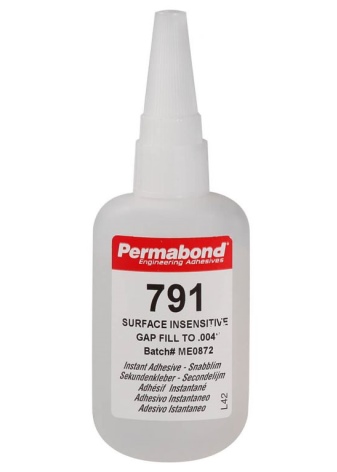

- Cosmofen is the most common among this category of adhesives. The manufacturer offers a large selection of universal and specialized structural compounds. Its consumption is small enough that you can always have a small bottle of Cosmofen at home. With proper use and maintenance, the product can be stored open for a month.

How can you dissolve?
When working with cyanoacrylates, there is a possibility that the adhesive will get on surfaces that are not involved in the bonding process. Most often this happens due to an unprepared workplace. A tool has not yet been invented that allows you to dilute the glue to further remove it without damaging the surface. It is impossible to wash off the glue from the surface.
The main method is mechanical. Working with a sharp knife must be carried out very carefully, otherwise you will remove the glue and damage the integrity of the surface.
If the glue comes in contact with your skin, do not look for a cleaner or solvent. The glue cannot be wiped off or washed off as it will be removed along with the skin.
The best way is to wait a little until the glue starts to peel off, only then can you begin to remove it.


Tips & Tricks
When working with cyanoacrylate glue, personal safety rules should be followed. All work should be carried out only in a well-ventilated area, because glue fumes are very toxic. Do not allow this substance to come into contact with the skin and mucous membranes.
Before use, you must study the instructions, because different compositions are designed for working with certain surfaces. It also indicates the terms of operation, storage conditions and features of work.
Cyanoacrylate adhesives are a great find and a way out of difficult situations where the fastening must be strong and inconspicuous.
Such compositions quickly seize and adhere almost any surface to each other.
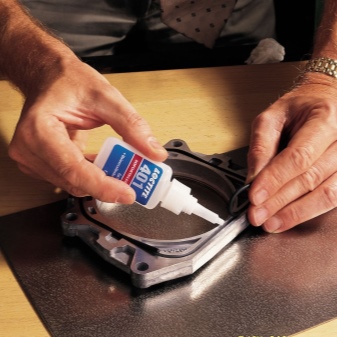

For information on how to quickly remove the glue from the skin, see the next video.













Sandpaper removes superglue well from your fingers.
The comment was sent successfully.